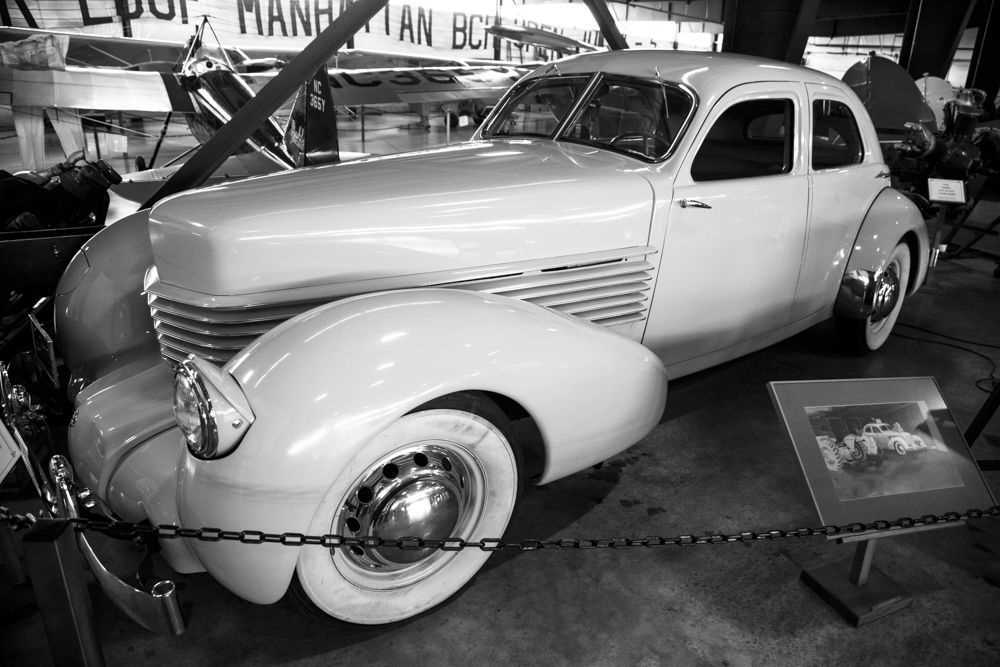Waking up on the Willamette River in Portland, Oregon was a surprise. We were supposed to be gazing at snow-capped Mt. Hood and the town of Hood River. A troublesome railroad bridge had prevented the National Geographic Sea Bird from cruising directly upriver. Motor coaches quickly arrived like the fabled cavalry, in bright fall sunshine. Driving east on the Oregon side of the Columbia River revealed more surprises.
Guests – all from Smithsonian Journeys – were treated to a riverside panorama of hillside towns, basalt walls and pillars, waterfalls (including Multnomah, Oregon’s highest at 625 feet), brilliant fall colors and the Bonneville Dam. Other impressive sights were the blackened hillsides and burned trees indicating a wildfire that scarred the Columbia River Gorge five weeks ago.
Guests visited the Western Antique Aeroplane and Automobile Museum (WAAAM) in the Hood River Valley. This “Fruitloop” visit stretched between the region’s highest Cascade peaks, Mt. Hood (12,200 feet) and Mt. Adams (13,200 feet). Three acres of rare moving machines intrigued guests.
The next stop was Draper Girls Farms, a cornucopia of late season winter pears, apples, squash, honey, jams and jellies, all produced in the Hood River Valley. Draper Girls represents Oregon’s historic bounty of fruit orchards and vineyards.
The town of Hood River boasts riverside breweries, wineries, quaint coffee houses, bookstores, and old homes with large front porches and views of Columbia River traffic. That water activity highlights a flotilla of wind-surfers and kite-boarders. The same athletic contingent has introduced a new, younger population and innovative businesses.
In 1805, Lewis & Clark saw what later became Hood River. They noted the somewhat impoverished Native population eating dog meat (salmon do not run in great numbers, November-October). Over 200 years later, the Natives have largely dispersed to nearby reservations and the Chinook salmon and steelhead are swimming in Hood River.
This evening’s presentation by historian Junius Rochester was titled “Natives and the Land.”










